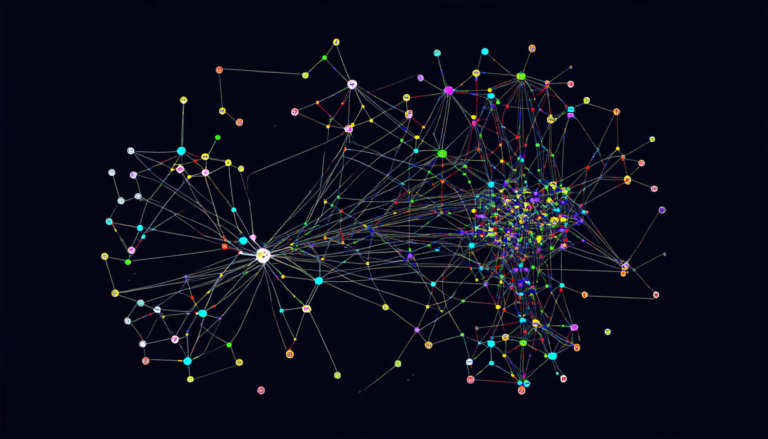Thursday 07 August 2025
Scientists have made a significant breakthrough in developing a new method for training artificial intelligence (AI) models while protecting user privacy. The innovation, known as DOME, uses a combination of advanced techniques to reduce the amount of data transmitted during the AI training process and add noise to the data to prevent it from being used to identify individuals.
The traditional approach to AI training involves collecting large amounts of data from users and then transmitting this data to a central location for processing. However, this approach can be problematic because it allows sensitive information about individual users to be collected and potentially misused. In addition, the sheer volume of data that needs to be transmitted can be overwhelming and may even cause network congestion.
DOME addresses these concerns by using a decentralized approach to AI training. Instead of collecting all the data in one place, DOME allows each user’s device to perform some or all of the processing locally. This not only reduces the amount of data that needs to be transmitted but also enables users to maintain greater control over their own data.
Another key aspect of DOME is its use of noise to protect user privacy. Noise is added to the data before it is transmitted, making it difficult for others to identify individual users or patterns in the data. This noise can be adjusted based on the sensitivity of the data and the level of protection required.
One of the challenges facing AI researchers has been how to balance the need for accurate training with the need to protect user privacy. DOME addresses this challenge by using a combination of techniques, including compression, anonymization, and encryption, to ensure that user data is protected while still allowing for accurate AI model development.
The potential applications of DOME are vast. For example, it could be used to develop more accurate and personalized AI models in areas such as healthcare and finance, where sensitive information needs to be protected. It could also be used to improve the security of IoT devices by reducing the amount of data that is transmitted over public networks.
In addition to its potential applications, DOME has also been praised for its ability to reduce the carbon footprint of AI training. By performing more processing locally and transmitting less data, DOME can help reduce the energy consumption associated with AI model development.
Overall, DOME represents a significant step forward in the development of privacy-preserving AI models. Its combination of decentralized processing, noise addition, and advanced encryption techniques makes it an attractive solution for organizations looking to protect user privacy while still developing accurate and effective AI models.
Cite this article: “Introducing DOME: A Breakthrough Method for Training Artificial Intelligence While Protecting User Privacy”, The Science Archive, 2025.
Artificial Intelligence, Data Protection, User Privacy, Dome, Noise Addition, Decentralized Processing, Encryption, Compression, Anonymization, Iot Devices







